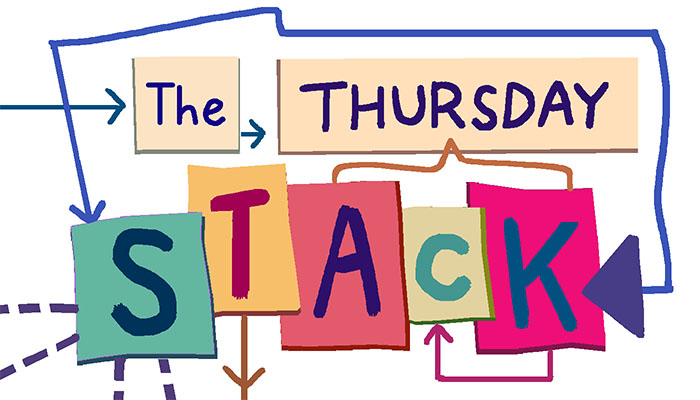Logical next steps for the team at Demandbase team as they begin to execute on the vision set out in the later chapter of their 2019 how-to book on ABM. There they gave a preview of the B2B marketing stack reconfigured to put an ABM engine at the core, feeding the pipeline of intent-related account activity to the data layer or platform, and to marketing automation solutions for identity resolution and execution.
This week, they announced the Demandbase ABM eco-system, arranging CRM, MA, and other technologies around a Demandbase core. Initial eco-system partners include Salesforce, Pardot, Marketo, Oracle, SAP, Drift, and Sigstr.
But decreeing an eco-system is one thing. What does it mean in practice? I spoke with CMO Peter Isaacson.
“Where we’ll eventually get to is truly open APIs, but what we’ve done right now is curated APIs. We make them available on an as-discussed basis with folks who want to integrate with us, and where we think their solution is something meaningful to our customers. For the premiere eco-system partners, we will also do some integration on our end. Pardot, SAP, and Marketo are examples of companies where we’ve invested some engineering resources to make the solution as compelling as possible.”
It holds out the promise of combining Demandbase’s large scale (anonymous) account level data with known individuals in MA or CRM (or other) systems. “You can then execute campaigns using common data, and go across channels from a marketing automation email campaign, to a webinar, to advertising.
**********
We recently introduced you to Appian, the enterprise low code app development platform, and its CEO Matt Calkins, Well known to big brands (and the government) in the BPM space, Appian seems to be engaged in a stealth approach on CX, initially by way of customer service (with its Intelligent Call Center). And here comes Appian now with some CX-related data from a survey conducted by IDG.
The angle from which the survey approaches CX reflects Appian’s existing market: the survey asks not about consumer satisfaction, but about IT satisfaction, concluding (perhaps unsurprisingly) that the low code approach to building applications offered by Appian helps with repetitive development tasks like coding forms and business rules, and frees up developers’ time.
Here’s why we care: IT’s growing burden is related to emerging technologies, especially those designed to address CX challenges. 86 percent of those surveyed complained about pressure from emerging technologies. The biggest demand IT faces (68 percent of those surveyed listed it as number one) surrounds the adoption and integration of applications that improve the customer experience and/or increase customer engagement. As regular readers know, there are a lot of them out there.
**********
Also this week, Sprout Social, the social media management platform, passed their latest look at the state of social media, their 2019 Index. You did notice everyone has their nose to their phone all day now? That’s anecdotal, but Sprout has the data to confirm that 45 percent have increased their social media usage over the past year, although 53 percent of C-level marketers are still facing challenges in demonstrating ROI on social initiatives.
But heck, they know it’s important:
- 90 percent say investing in social has an impact on revenue
- 63 percent think social listening will increase in importance over the next year
- 53 percent say that proving the value of social remains a top challenge
But here’s an eye-catching development on the CX side. In 2018, 67 percent of consumers said they were more likely to engage with discounts and offers on social. In 2019, it’s all about the experience, with 67 percent (again) looking for social posts which are entertaining (many are also looking for videos and Instagram stories, or similar, from brands).
**********
Finally, my quote of the day. SAP CEO Bill McDermott, while interviewing Sandra Bullock at Sapphire 2019:
“Experience is becoming the organizing principle of the world.”








